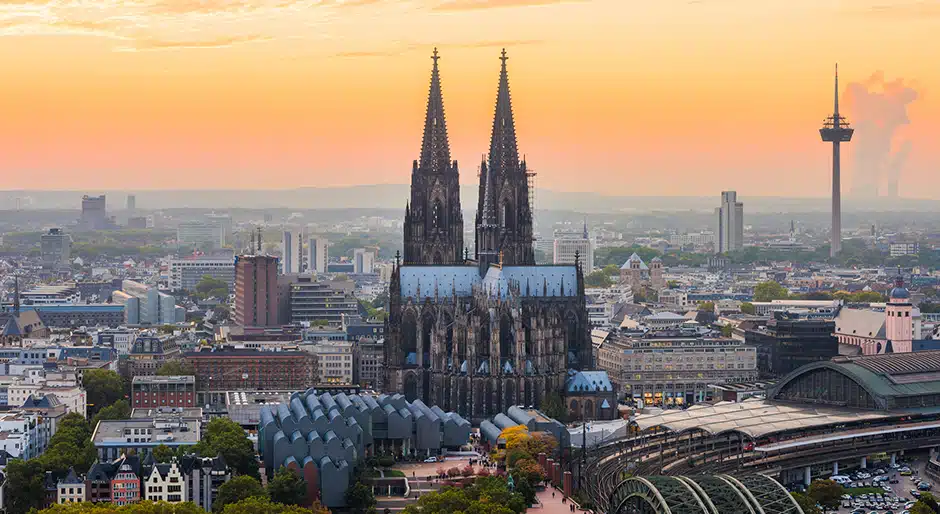Office investments lead the way in Germany
Out of a total of €58.2 billion ($70.7 billion) invested in commercial property across Germany in 2017, 41 percent, or €24 billion ($29 billion), of turnover was achieved in office real estate, meaning that the sector has regained its position as the most popular real estate play in the country.
BNP Paribas Real Estate says that over €20.19 billion ($24.52 billion) of that amount was invested in individual office buildings — an unprecedented level — whereas much less was being invested in portfolios than in the two previous years, primarily due to inadequate supply.
Large-volume office properties contributed significantly to 2017’s results with properties worth €100 million ($121 million) accounting for 36 sales. Investors focused in particular on Frankfurt, which registered a number of big deals including Tower 185, the Japan Center and Grand Central Frankfurt. The banking metropolis recorded a 12 percent increase in total real estate turnover of €7.5 billion ($9.1 billion), the highest in the last decade.
BNP Paribas Real Estate has also revealed that take-up of office space last year exceeded 4.3 million square meters in the eight main German locations of Berlin, Düsseldorf, Essen, Frankfurt, Hamburg, Cologne, Leipzig and Munich. The result not only beat 2016’s take-up by 16 percent, but is also the best result ever recorded. In the last three months of 2017 almost 1.37 million square meters of office space was taken up.
Marcus Zorn, deputy CEO of BNP Paribas Real Estate Germany says: “The positive economic development and further increase in the number of people in employment have resulted in a significant increase in demand. The most important requirement for this is the very good and optimistic mood of businesses, which are again expecting significant economic growth in 2018 and accordingly have invested extensively.”
BNP Paribas Real Estate says that the record take-up rates, with a simultaneous fall in supply, will create significant potential for rent to continue to increase in the next few years.
With the exception of Leipzig (€13 per square meter/$16 per square foot), where the top rent remained stable, all other German cities marked increases in top rent in 2017. In Berlin, an almost 16 percent rise has seen top rent hit €33 per square meter ($40 per square foot). In Frankfurt the top rent was at €41 per square meter ($50 per square foot), noticeably over the €40 ($49) mark for the first time since 2002, equating to an increase of 6.5 percent. New records were also set in Munich (+3 percent) with €37 per square meter ($45 per square foot) and Essen €15 per square meter ($18 per square foot; +7 percent).
Top rents have also increased in the past 12 months in Düsseldorf (€27 per square meter/$33 square foot; +2 percent), Hamburg (€26.50/$32.18; + 2 percent) and Cologne (€21.80/$26.48; +1 percent). In many cities not only top rents, but also average rents have increased noticeably. Consequently, rents as a whole have increased across all locations.
Zorn adds: “Although space under construction is encouragingly on the rise in some cities, it is still well below the volume recorded at the start of the 2000s and also somewhat lower than, for example, in 2008.
“The space available to the letting market is also 4 percent below the long-term average. Vacant space is therefore expected to reduce still further in 2018. As a consequence of the expected supply and demand situation, rents should rise across the board.”

